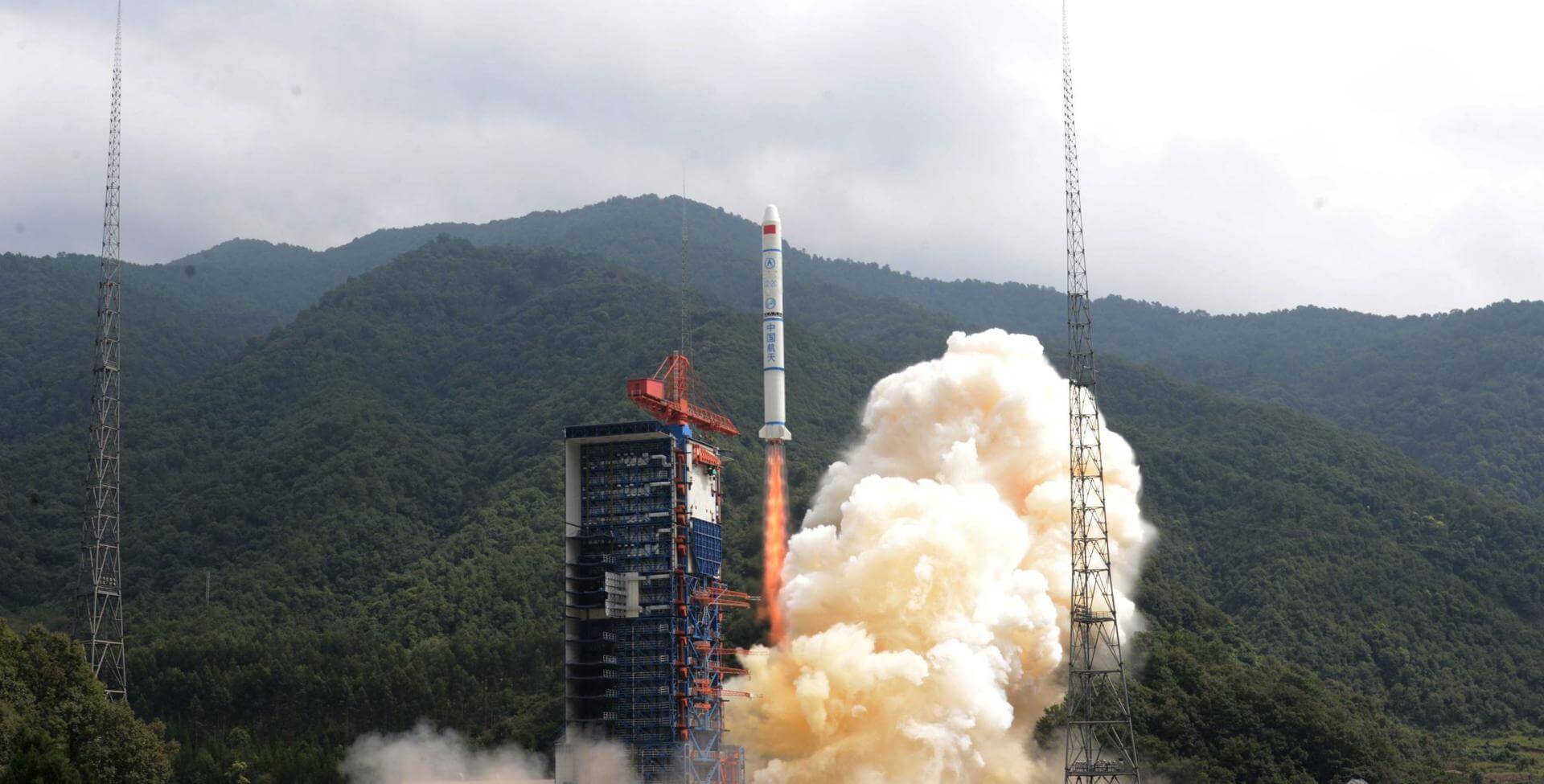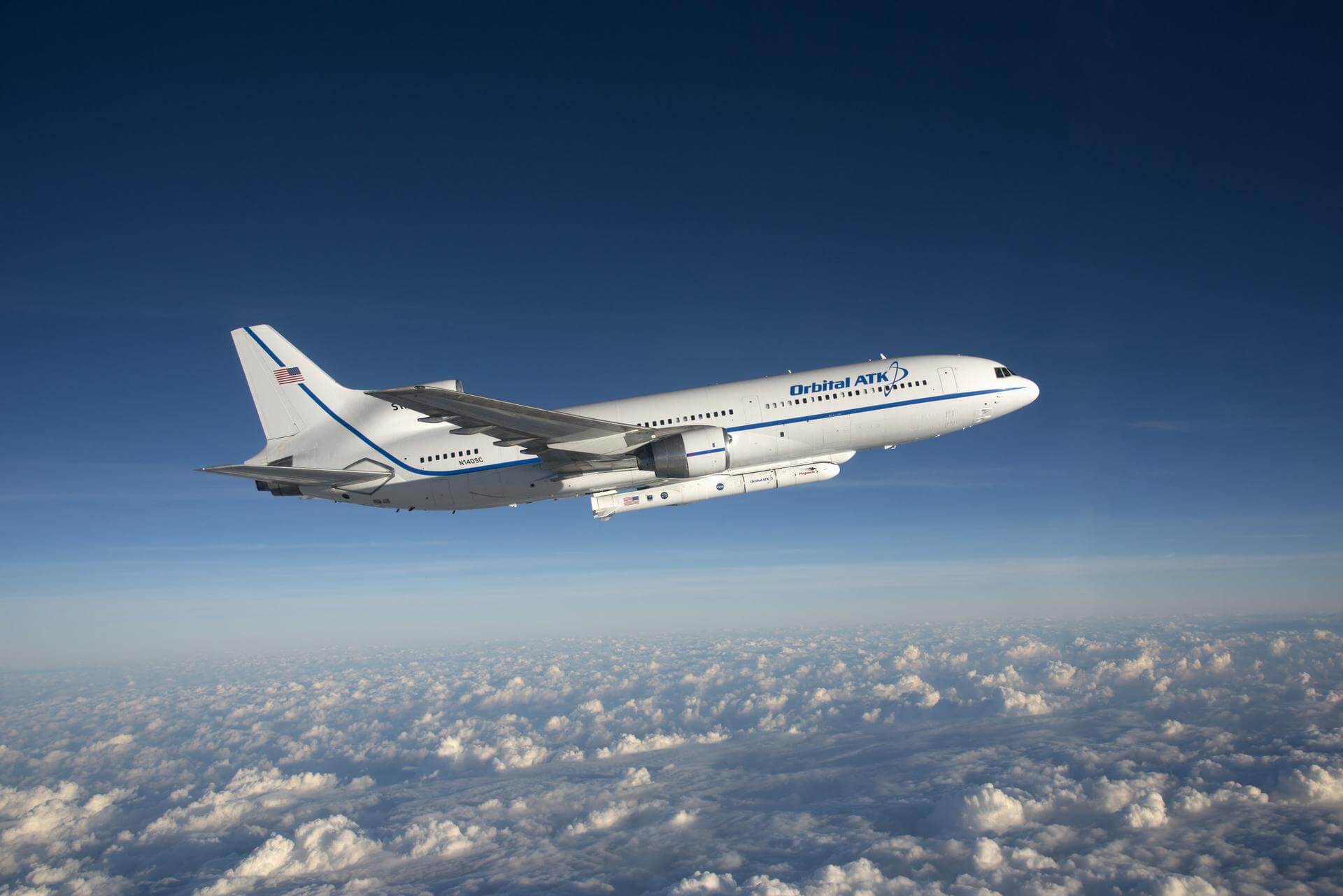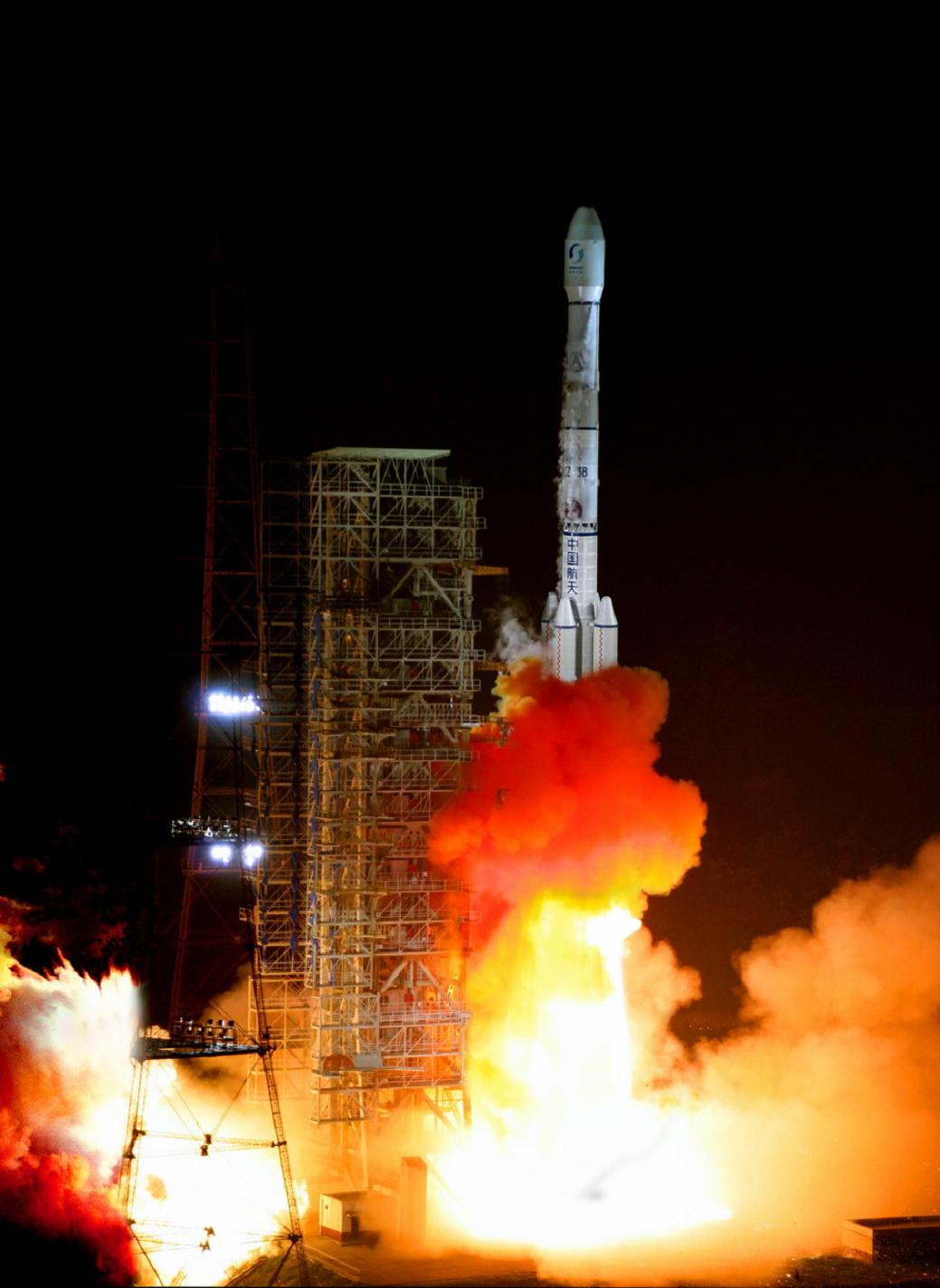Previous Spaceflight Launches
Filter by Agency, Locations or Vehicles
Show All LaunchesLong March 2C/SD | Iridium 76 & 78
China Aerospace Science and Technology Corporation | ChinaTaiyuan Satellite Launch Center, People's Republic of China
Aug. 19, 1998, 11:01 p.m.
Status: Launch Successful
Mission:
Iridium provides global mobile telecommunications services using a constellation of 66 low earth orbit satellites in a 86.4° inclined orbit. Although 77 satellites were originally envisioned for the system and spawned the name based on the 77th element in the periodic table, the system has been scaled back. Motorola's Satellite Communications Group designed and manufactured the Iridium satellites with Lockheed Martin providing the LM-700A spacecraft buses.
Low Earth OrbitSoyuz-U | Soyuz TM-28
Russian Federal Space Agency (ROSCOSMOS) | RussiaBaikonur Cosmodrome, Republic of Kazakhstan
Aug. 13, 1998, 9:43 a.m.
Status: Launch Successful
Mission:
Soyuz TM-28 was the 37th mission and the 26th long-duration expedition to Mir space station. The mission began on August 13, 1998, 09:43:11 UTC, launching Commander Gennady Padalka, Flight Engineer Sergei Avdeyev and Research Cosmonaut Yuri Baturin into orbit. They docked with Mir two days later. During their stay there, cosmonauts performed several EVAs and various scientific experiments in medicine, biotechnology, Earth sciences etc. Station crew was visited by several Progress resupply spacecrafts, and welcomed aboard Soyuz TM-29 with the next expedition crew. The mission concluded with a safe landing back on Earth on February 28, 1999, 02:14:30 UTC.
Low Earth OrbitTitan 401A Centaur | Mercury 16
Lockheed Martin | United States of AmericaCape Canaveral, FL, USA
Aug. 12, 1998, 11:30 a.m.
Status: Launch Failure
Mission:
The Mercury (MC) series, although known to the public as 'Advanced Vortex', are the latest generation of USAF ELINT/SIGINT satellites. They were focussed on communications intelligence (COMINT), focused at strategic level communications, but had the capability added to intercept also missile telemetry. These satellites were launched under the designation Program 7500 and were part of NRO's Program A.
Geostationary OrbitPegasus XL HAPS | Orbcomm-B1 - B8
Orbital Sciences Corporation | United States of AmericaAir launch to orbit
Aug. 2, 1998, 4:24 p.m.
Zenit-2 | Tselina-2 20
Yuzhnoye Design Bureau | UkraineBaikonur Cosmodrome, Republic of Kazakhstan
July 28, 1998, 9:15 a.m.
Long March 3B | Xinnuo 1
China Aerospace Science and Technology Corporation | ChinaXichang Satellite Launch Center, People's Republic of China
July 18, 1998, 9:20 a.m.
Zenit-2 | Resurs-O1
Yuzhnoye Design Bureau | UkraineBaikonur Cosmodrome, Republic of Kazakhstan
July 10, 1998, 6:30 a.m.
Shtil'-1 | Tubsat-N & N1
KB Mashinostroyeniya | RussiaSea Launch
July 7, 1998, 3:15 a.m.
Status: Launch Successful
Mission:
TUBSAT-N and Tubsat-N1 are two nanosatellites, which were launched on the 7th of July 1998 as a satellite cluster from a submarine with a russian Shtil-1 rocket in the Barents Sea. All systems are working well and the satellites are in a excellent overall condition. The satellites were separated in orbit via telecommand. Both satellites were developed at the Technical University of Berlin and the complete project was financed by DLR.
Low Earth OrbitM-V | Nozomi
IHI Corporation | JapanUchinoura Space Center, Japan
July 3, 1998, 6:12 p.m.
Molniya-M | Molniya-3 61L
Russian Space Forces | RussiaPlesetsk Cosmodrome, Russian Federation
July 1, 1998, 12:48 a.m.






